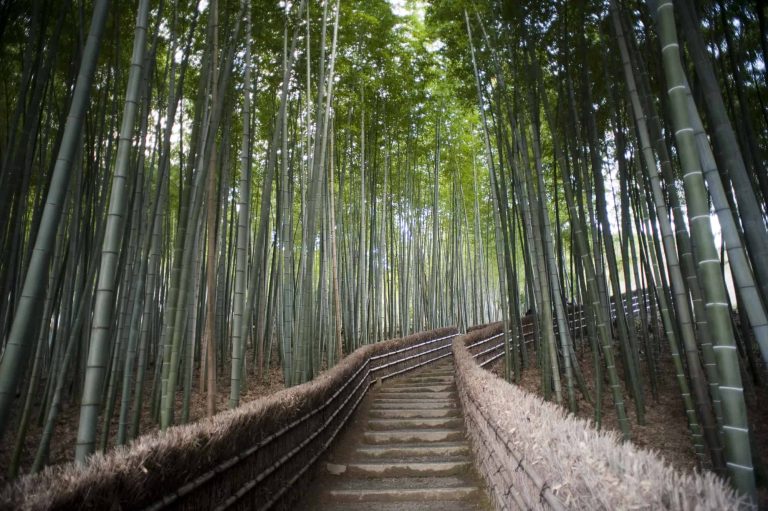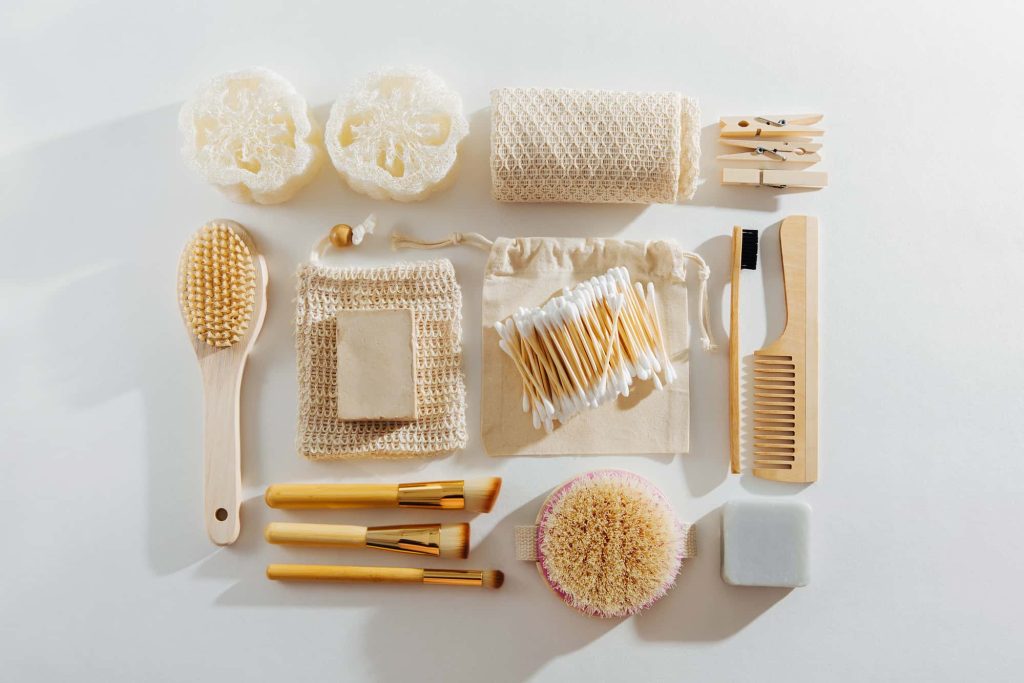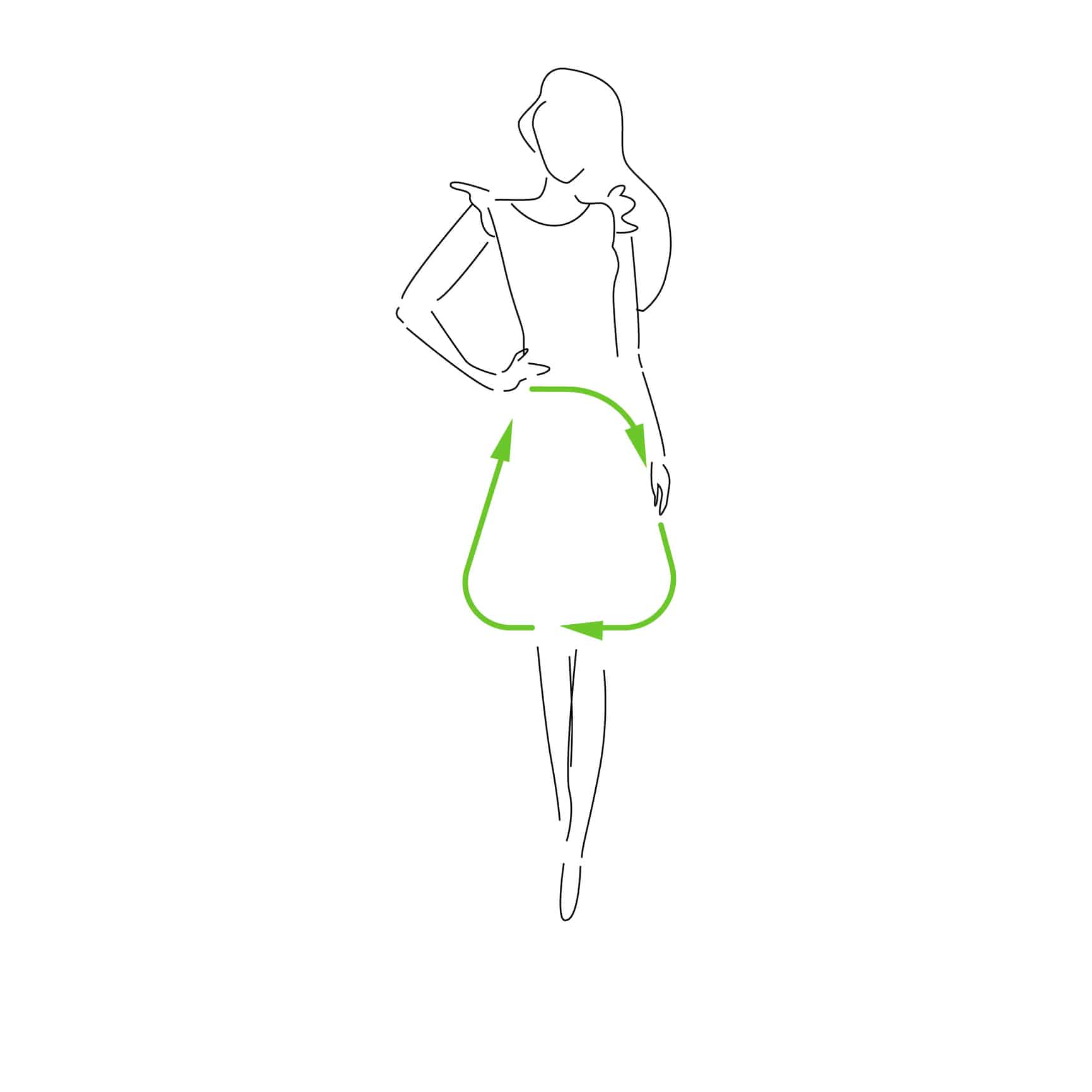Bamboo is a natural, biodegradable, and environmentally beneficial textile material made from regenerated cellulose. It is a unique eco-friendly textile material with increasing demand in the twenty-first century. It is not only a green and environment-friendly fibre but also has antibacterial and UV protection qualities.
Bamboo has a unique rhizome-dependent chemical structure, making it one of the fastest-growing plants on earth. Certain bamboo species can unbelievably reach a height of 910 mm (36 inches) in 24 hours, growing at a fast rate of 40 mm (12 inches) every hour. A growth around 1 mm every 90 seconds, or 1 inch every 40 minutes.
It is used in traditional textiles and is also used in high-performance end uses as a composite material due to its high tensile strength, durability, and stability.
Bamboo has been utilised throughout Asia for centuries to make paper, weaponry, and household items. Although bamboo fabrics were introduced to the commercial market in the early 2000s only, the concept is not a new one. This invention has been subject to extensive testing and development for more than a century.
In 1864, Philipp Lichtenstadt was the first person to patent bamboo in the United States. His initial objective was to create a new and effective process for dissolving bamboo fibres to make cordage, textiles, mats, or pulp for making paper. Unfortunately, due to limited demand for bamboo fibre and high delivery costs from Asia to Europe, the patent could not result in a commercially viable product.
In 2001, Beijing University was the first organisation that successfully processed bamboo into textile fabrics. During this time, many other organisations also experimented with different processes to convert bamboo wood into textiles but failed to achieve the goal.

Bamboo textile fibre is extracted from bamboo wood that has been in the forest for at least four years. Bamboo forests are highly treasured and meticulously cared for and cultivated chiefly in rural locations of mainland China. When new shoots reach full height in the summer, they are given a year code to ensure that they are harvested at the appropriate time. Once they are harvested after the suitable time, they are carried to mills and crushed into pieces. After that, these crushed pieces of bamboo wood are immersed in a strong sodium hydroxide solution, which dissolves the bamboo cellulosic content. The addition of carbon disulfide prepares the mixture for the regeneration of fibres, which are then taken off, washed, bleached, and dried to a bright white colour. To disintegrate bamboo pulp new-age solvents are applied, followed by a specific dyeing process to turn the fabric white. The resulting fluff has a long staple and seems to be finer than other fibres. They are then spun into yarn, much like any other textile fibre. The longer staple and higher tensile strength combine to provide a soft, robust yarn that outperforms many other yarns in terms of wear and fraying resistance. That is why bamboo fabrics are so long-lasting. The hollowness of the fibre contributes to its extremely high absorption capacity. However, drying clothes on a clothesline takes longer. The hollowness of the fibre also allows it to store dyes and pigments more readily and persistently, resulting in a far more colourfast product.
Sodium hydroxide and carbon disulfide are the two key chemicals employed in the process.
After many years of exposure at high concentrations by manufacturing employees in Italy in the 1930s and 1940s, it was later found that carbon disulfide was a nerve toxin. It is no longer a concern with appropriate ventilation, and it breaks down when exposed to natural elements. Carbon and sulfur are not toxic elements.

Bamboo fabrics come in a variety of shapes and sizes, depending on the manufacturing process used. Following are the various types of bamboo fabric:

Due to their versatile qualities, bamboo fibres are commonly used in the textile industry for the following applications:
There are below essential guidelines to follow while washing bamboo products to make them durable:
In short, you will need to wash your bamboo fabrics in warm water on a gentle cycle using a mild detergent.

| Cookie | Duration | Description |
|---|---|---|
| cookielawinfo-checbox-analytics | 11 months | This cookie is set by GDPR Cookie Consent plugin. The cookie is used to store the user consent for the cookies in the category "Analytics". |
| cookielawinfo-checbox-functional | 11 months | The cookie is set by GDPR cookie consent to record the user consent for the cookies in the category "Functional". |
| cookielawinfo-checbox-others | 11 months | This cookie is set by GDPR Cookie Consent plugin. The cookie is used to store the user consent for the cookies in the category "Other. |
| cookielawinfo-checkbox-necessary | 11 months | This cookie is set by GDPR Cookie Consent plugin. The cookies is used to store the user consent for the cookies in the category "Necessary". |
| cookielawinfo-checkbox-performance | 11 months | This cookie is set by GDPR Cookie Consent plugin. The cookie is used to store the user consent for the cookies in the category "Performance". |
| viewed_cookie_policy | 11 months | The cookie is set by the GDPR Cookie Consent plugin and is used to store whether or not user has consented to the use of cookies. It does not store any personal data. |
Create your free account and begin your sustainability journey.

